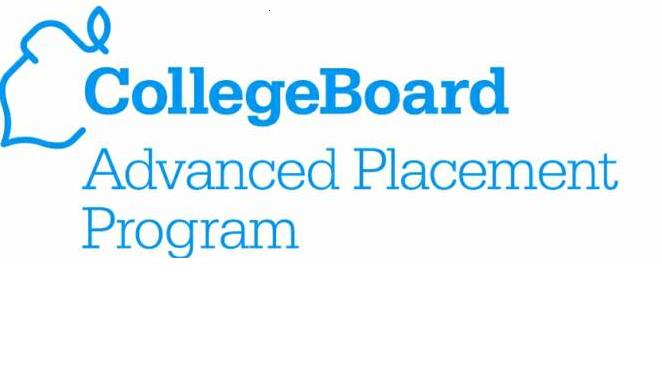District’s AP push raises standards and stressors
As the pace of the education system quickens, there has been a noticeable increase in AP course enrollment pressure. It turns out that this is not a coincidence, but a district-wide ambition.
“We, as a district, have a goal, it’s stated, that 50% of our students will be enrolled in an AP class at any time,” social science and AP Psychology teacher Mrs. Schwarzrock said.
In some cases, such as physics, the honors level has even been eliminated and has been replaced with an additional AP level. Beginning this year, the levels for physics are regular, AP One and AP C. There is no middle option for the students to choose. Some may believe that this puts students at a disadvantage while others believe that it is important to challenge the students.
“It will increase the stress, but these are young kids we are talking about; they can handle it,” AP Physics teacher Mrs. Thakur said. “I feel this is a time when they should work hard — this is in my opinion. My advice to every kid is ‘the next five or so years of your life, work hard.”
In order to achieve this goal, the district has brought in more of a selection of classes to choose from. This should cover the various interests of students and will motivate each student to take an AP class.
Next school year, the district will add more classes, including AP Micro and Macroeconomics, AP Spanish Literature, AP Human Geography, and AP Environmental Science.
However, with an increased list of AP classes to take, it has led to a higher concentration of AP classes taken by the same students, rather than evenly spread among the student body. With a much greater workload, this can lead to a decrease in mental health.“Some people are up ‘til midnight or one doing homework every night, which has a significant impact on their mental health,” Mrs. Schwarzrock said. “If you’re going to stress yourself out to the point where you’re physically sick, then obviously that’s going to have an impact on how much you learn.”
It turns into a question of whether the cost outweighs the benefit and vice versa. With college being a major expense, testing out of certain classes may reduce its negative financial impact.
According to the District website, success on AP exams in 2014 alone was the equivalent of $4 million. The estimate from over the past four years adds up to $10 million. Financially, AP classes seem to benefit the student.
On the other hand, if a student is merely taking an AP class to get the credit, there is the chance that he or she will not test out of the class. Colleges are raising the AP scores students require in order to test out of a course, making it harder and harder for students to save money.
For senior Melanie Perkins, the benefits of the courses outweigh any drawbacks they have.
“Especially because it’s fast-paced and, for me, I learn better that way, and especially for getting literally thousands of dollars off when I go to college and testing out,” Perkins said.
Academically, AP courses prepare the students for the upcoming college courses that they will be taking. Not knowing whether the classes will be financially beneficial is compensated by providing a preview of the intellectually rigorous college schedule.
“I took AP Psych last year and that was good,” senior Caylie Jones said. “This year I’m taking AP Stats, and it’s a little harder, but I think it’s good because it’s getting me ready for college.”
Because of the seemingly advantageous design, many students have shifted their focus from an academic-elective balance to an academically heavy schedule. The electives have taken a noticeable hit.
“I have signed more drop slips in chorus this year than I have signed in my entire career,” choir director and AP Music Theory teacher Mrs. Hester said. “This year, nearly all the drop slips I have signed, when I ask the students why they’re leaving us, they cite an overwhelming level of academic work.”
If students continue to push themselves harder, their abilities could be expanded or weakened. High school’s importance can stem from intellectual capabilities or from development in non-academic interests. As the goal of increased enrollment in AP classes is achieved, students will have a plethora of scholastic options, but could be limited in exercising their other interests.
“We have this very fast high-stakes pace and I worry that as we push you further into accepting that as the norm, we’re going to create a lot of people that are just concerned with getting the right answer and less intellectual curiosity,” Mrs. Hester said.

